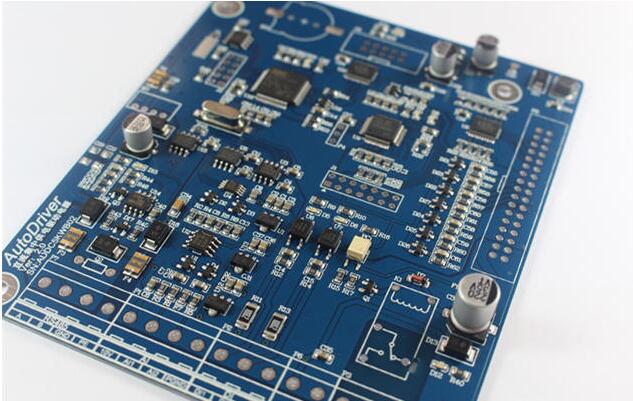It is impossible to manufacture any number of printed circuit boards without encountering some problems, and some of the quality reasons are due to the material of the copper clad laminate. When quality problems occur in the actual manufacturing process, it is often because the substrate material becomes the cause of the problem. Even a carefully written and implemented technical specification for laminates does not specify the test items that must be carried out in order to determine that laminates are the cause of problems in the production process. Here are some of the most frequently encountered laminate problems and how to identify them. Once you encounter problems with laminates, you should consider adding them to the laminate specifications. Usually, if this technical specification is not fulfilled, it will cause continuous quality changes, and consequently lead to product scrapping. Generally, material problems caused by the quality of laminates occur in different batches of raw materials used by manufacturers or products manufactured with different pressing loads.

Few users can hold a large number of sufficient records to enable them to distinguish specific pressing loads or material batches at PCB processing sites. As a result, it often happens that printed circuit boards are continuously produced and installed with components, and warping is continuously generated in the solder tank, thus wasting a lot of labor and expensive components. If the batch number of the material can be found immediately, the laminate manufacturer can verify the batch number of the resin, the batch number of the copper foil, and the curing cycle. In other words, if the user cannot provide continuity with the quality control system of the laminate manufacturer, it will cause the user himself to suffer long-term losses. The following introduces the general problems related to substrate materials in the manufacturing process of PCB circuit boards.
1. Surface issues
Now it is a sign: the adhesion of the printing material is poor, the adhesion of the plating layer is poor, some parts cannot be etched away, and some parts cannot be soldered.
Available inspection methods: usually visual inspection is performed by forming visible water lines on the surface of the board with water, or irradiating the copper foil with an ultraviolet lamp to find whether there is resin on the copper foil.
possible reason:
1. Because of the very dense and smooth surface caused by the release film, the uncoated copper surface is too bright.
2. Usually on the non-coppered side of the laminate, the laminate manufacturer did not remove the release agent.
3. The pinholes on the copper foil cause the resin to flow out and accumulate on the surface of the copper foil. This usually occurs on the copper foil thinner than 3/4 ounce weight specification, or environmental problems cause resin powder on the surface of the copper foil After lamination.
4. The copper foil manufacturer applies excessive antioxidants on the surface of the copper foil.
5. The laminate manufacturer changed the resin system, mold release, or brushing method.
6. Due to improper operation, there are many fingerprints or grease stains.
7. During the punching, blanking or drilling operation, it is contaminated by organic matter when it is stained with engine oil or other ways.
Solution:
1. It is recommended that laminate manufacturers use fabric-like films or other release materials.
2. Contact the laminate manufacturer and use mechanical or chemical elimination methods.
3. Contact the laminate manufacturer to inspect each batch of copper foil that is unqualified; ask for the recommended solution for removing the resin to improve the manufacturing environment.
4. Ask the laminate manufacturer for the removal method. Changtong recommends the use of hydrochloric acid, followed by mechanical removal.
5. Before making any changes to the laminate manufacturing, cooperate with the laminate manufacturer and specify the user's test items.
6. Educate all process personnel to wear gloves to hold PCB copper clad laminate. Find out if the laminate is shipped with a suitable pad or packed in a bag, and the pad has a low sulfur content, and the packaging bag is free of dirt. Take care to ensure that no one is touching it when using a silicone-containing detergent Copper foil to ensure that the equipment is in good condition.
7. Degrease all laminates before plating or pattern transfer process.